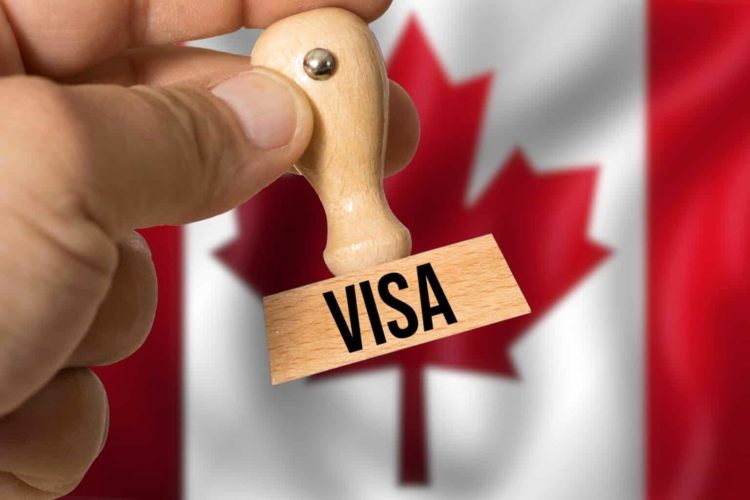Canada, known for its welcoming spirit and commitment to inclusivity, has always been at the forefront of reuniting families from all over the globe. One significant aspect of this is the Conjugal Partner Visa, designed to help couples facing unique challenges come together. In this article, we’ll delve into the intricacies of the visa, offering insights to help hopeful applicants navigate the process.
Requirements and Eligibility
To qualify for a Conjugal Partner Visa, understanding what Canada recognizes as a “conjugal partner” is paramount. A conjugal partner is someone outside Canada, living outside marital or common-law cohabitation due to significant barriers.
The relationship duration typically spans at least one year, underlining a genuine and ongoing commitment. The relationship should depict deep emotional ties, mutual interdependence, and shared life objectives. Moreover, there must be valid obstacles preventing the couple from living together—be it immigration barriers, religious beliefs, or marital laws in the home country.
Application Process Overview
Venturing into the application, preparation is crucial. Essential documents include proof of relationship (photos, correspondence), identification, and any legal documents from the home country.
The process generally involves:
- Filling out the appropriate forms.
- Compiling and attaching relevant documents.
- Payment of associated fees.
- Undergoing biometrics, if required.
Realistically, the processing time varies, but hopeful applicants must remain patient and periodically check for application status updates.
Benefits of the Conjugal Partner Visa
Beyond uniting loved ones, this visa sets the stage for a future in Canada. It can be a precursor to permanent residency, granting the visa holder certain rights. These rights include work privileges and potentially, access to healthcare. The visa’s approval is a testament to Canada’s commitment to fostering love without boundaries.
Challenges and Common Pitfalls
Every application process comes with hurdles. For the Conjugal Partner Visa, a strong emphasis lies on evidence—demonstrating genuine relationship ties is paramount.
Common missteps include overlooking essential documentation or using outdated forms. Should one face a refusal, it’s not the end. Applicants can consider appeals, but it’s vital to understand the refusal reason.
Comparison with Other Family Sponsorship Programs
Conjugal Partner Visas, while similar, are distinct from common-law or spousal sponsorships. The key difference is the absence of cohabitation in the former.
Spousal sponsorships cater to legally married couples, with specific criteria based on the marriage’s legitimacy. Each route offers different advantages, and couples should evaluate their circumstances to determine the best fit.
Maintaining Status and Transitioning to Permanent Residency
Holding the visa is just step one. It’s essential to meet the set conditions, ensuring it remains valid. As time progresses, many opt to transition to permanent residency, a process demanding a new set of requirements, including continuous relationship validation.
Conclusion
Canada’s Conjugal Partner Visa exemplifies the country’s devotion to championing love and unity, transcending borders. While the journey can be daunting, the reward—a life with your partner in one of the world’s most welcoming nations—is unparalleled.

